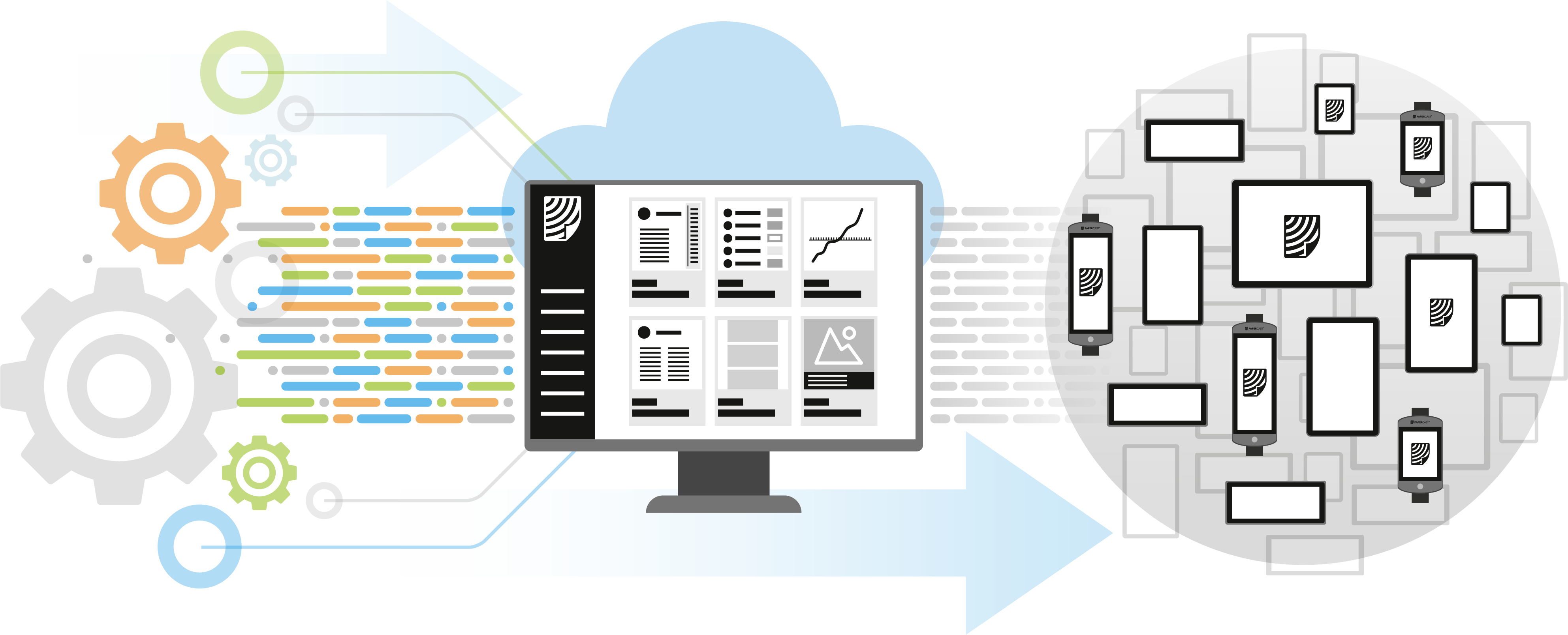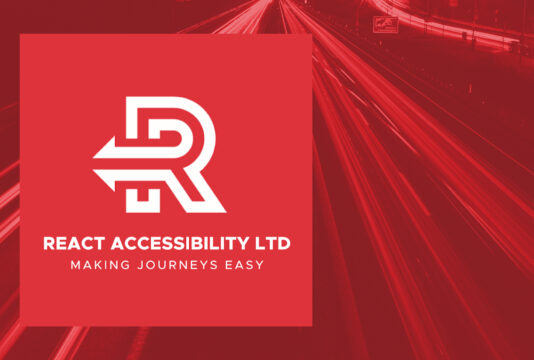
Meet the Papercast CMS Layout Catalogue: A must have resource for sharing visually impactful passenger information
We’re excited to tell you about the Papercast Content Management System (CMS) Layout Catalogue, an…

The linchpin to successful display management lies in an open, technology-agnostic management system.
E-paper – renowned for its flexibility due to its paper-like characteristics and unbeatable power efficiency – demands a specialised system to manage devices and handle content.
As a pioneer in e-paper signage with nearly a decade of innovation under its belt, Papercast has engineered the gold standard in management systems with flexibility at its core. The Papercast Content Management System (CMS) simplifies your digital signage strategy. It serves as a foundational platform that can be leveraged for handling all of your content, while also managing all of your devices.

It seamlessly integrates with various inputs (data sources and systems) and outputs (display technologies).
The Papercast CMS is the gateway to unlocking the full potential of your signage.
This guide will introduce you to our integration options, from standalone operations to more complex integrations with third-party systems. Each option is carefully configured to ensure you have the flexibility and control you need.
In this mode, the CMS is used for device management but the displays run content applications fetching data directly from 3rd party sources and display it locally. This option is ideal for scenarios with low power or low latency requirements, especially when external data sources are not user-controlled.
This is the most common integration type. The CMS receives data from a 3rd party source and manages all aspects of the displays – device and content management. This mode operates with periodic data fetching and local caching, and is suitable for applications requiring low power or guaranteed response times.
For a more customised approach, a 3rd party system would contain a Papercast sub-system where some aspects of the displays can be managed using REST APIs. While this option offers greater flexibility in system and data integration, it comes with added complexity and functionality will be limited. This option should only be considered when there is a strong business case and the customer has the technical resource to build the integration.
Leveraging MQTT communication protocol, Papercast displays can connect with the customer’s own CMS through an MQTT broker. Support documentation provided by Papercast enables a 3rd party CMS to offer the same device functionality as the Papercast CMS.
This option demands a detailed design approach, making it suitable for scenarios where low latency, low power and low data consumption are critical.
For maximum customisation, the customer uses its device software for content generation functionality and communication with any external (controlling) systems, adding a level of device control through REST APIs and support documentation provided by Papercast.
In conclusion…
Each integration option caters to specific needs, ensuring that you have the tools to create a dynamic and tailored digital signage solution. For further information on how Papercast can integrate with your current data, systems and technologies, please contact us.

We’re excited to tell you about the Papercast Content Management System (CMS) Layout Catalogue, an…

The REACT Trigger System is now available on Papercast displays We’re excited to share that…